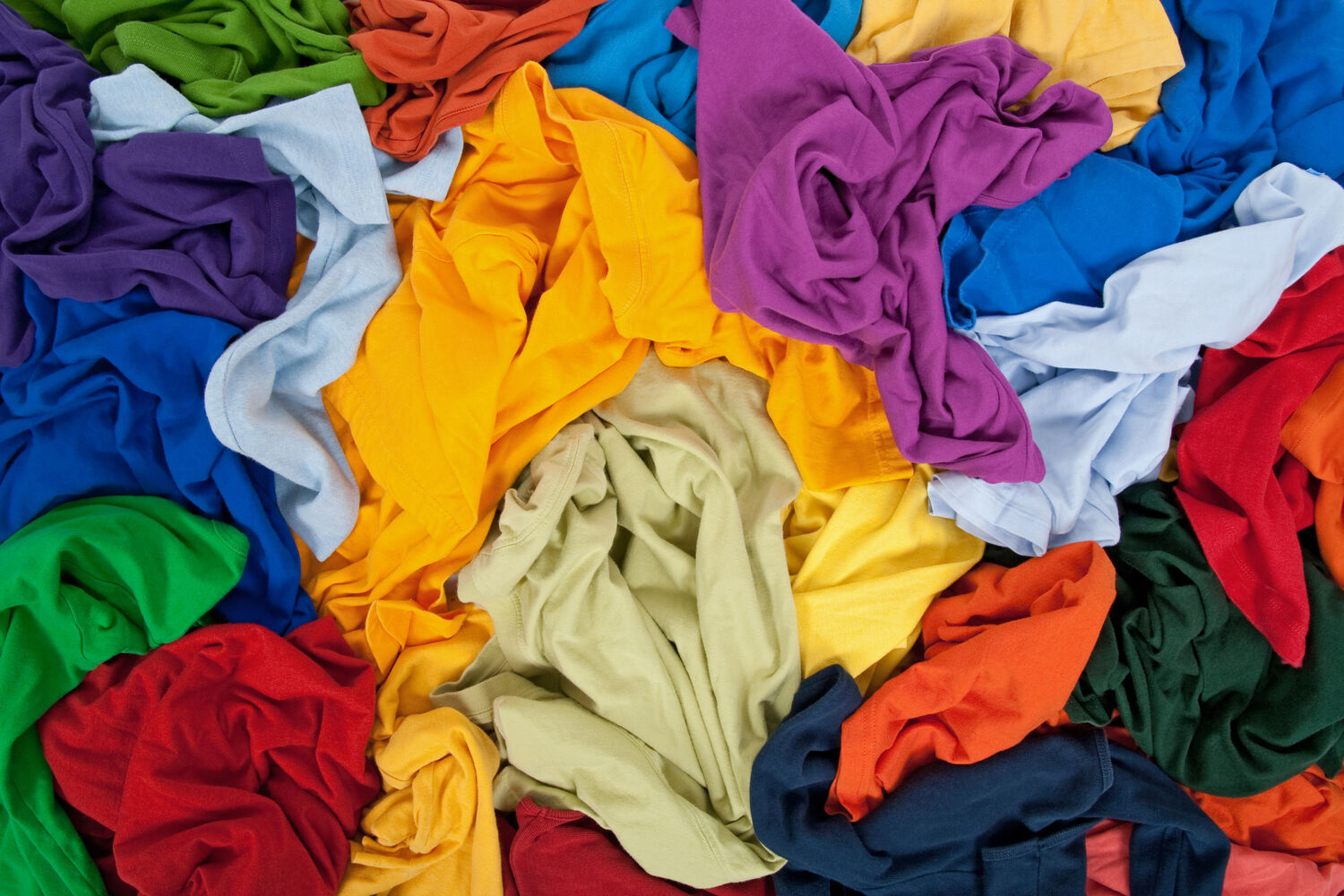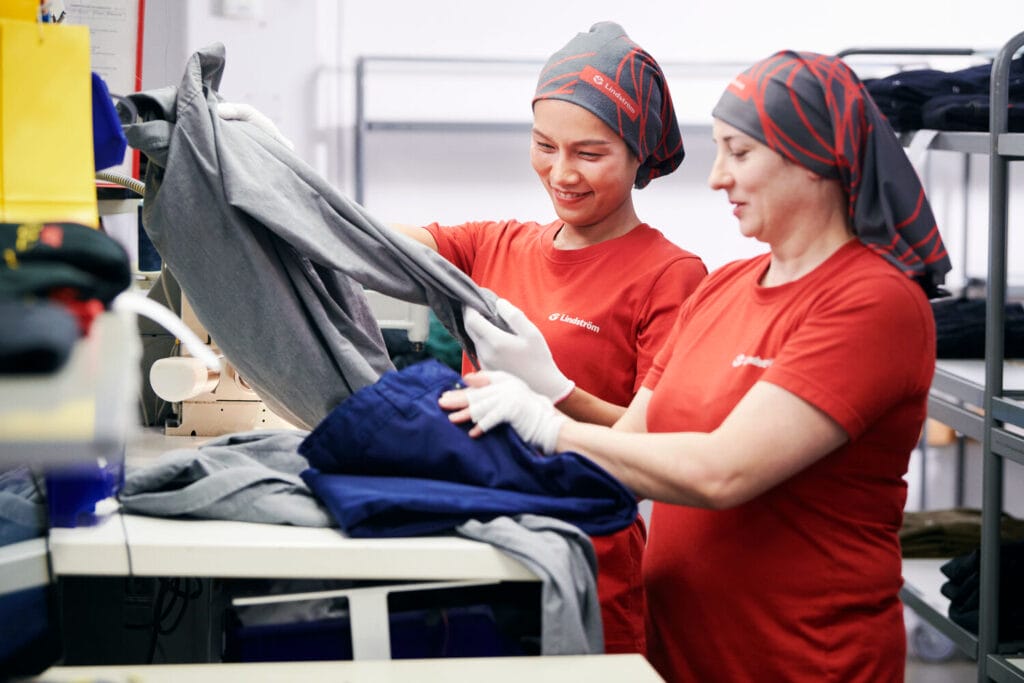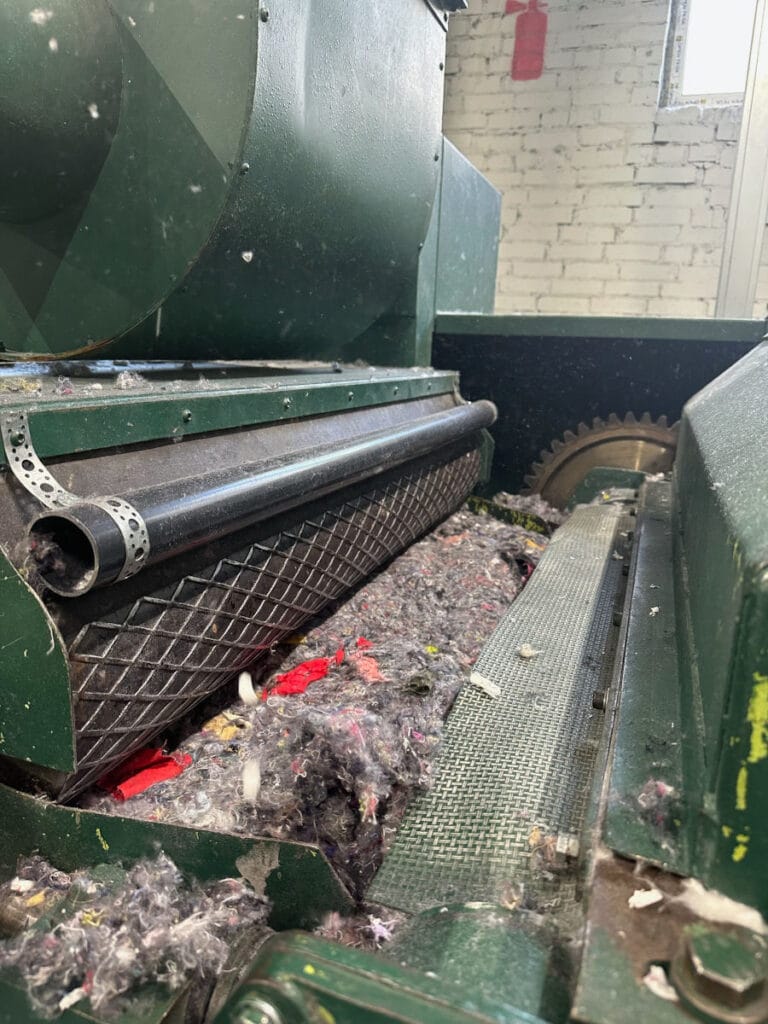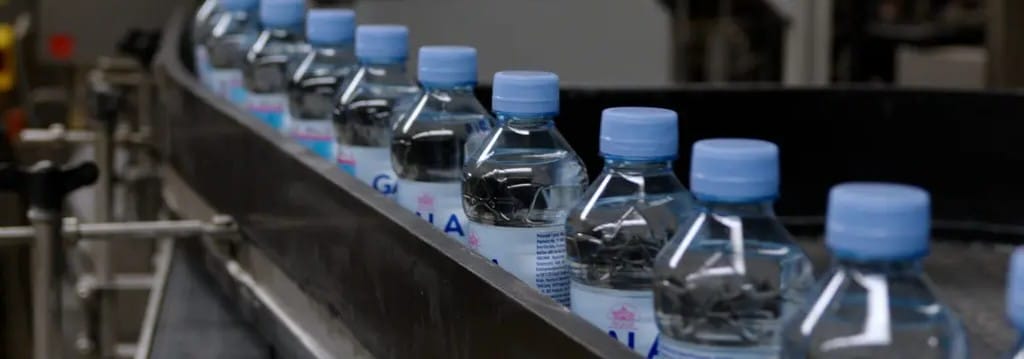
Helping customers become more sustainable
Anna-Kaisa Huttunen is our senior vice president of Sustainability and Ecosystems, and the mastermind in taking our sustainable development to the next level. We had a chat with her about sustainability and how we help our customers become more sustainable.
Anna-Kaisa, we have set a goal to offer carbon-neutral textile services to our customers by 2035 – why are sustainable operations so important for us?
Caring for people and the planet is part of our purpose and it has already guided our operations for decades. It also sets the direction for our future decisions and the legacy we want to leave for future generations. We want our employees to feel pride in the company they are working for, now and in the future. We have already noticed that our sustainable business is one of the reasons people want to work for us.
There is also a growing demand in the market for sustainability, not only from employees but also from our customers and their stakeholders. Customers, investors, and political decision makers are requiring companies to act and reduce their environmental burden. Our goal is to help our customers respond to those requirements by offering the most environmentally friendly alternative on the market for their business textiles.
So, how do we help our customers become more sustainable?
Our customers can rely on the fact that the environmental burden of their business textiles is and will remain as low as possible. To show the positive environmental effects of our services, we are planning to calculate the carbon handprint of our services.
In previous decades, we have taken strategic steps toward efficient use of resources so that textiles are designed and maintained with minimal burden to the environment, conserving natural resources. The next step was to eliminate buffers in stocks and inventories, to reduce overproduction. In the last few years, we have invested in our own on-demand manufacturing units, PRODEMs, and digital solutions that optimize the number of textiles needed by our customers.
Now we have begun our journey towards completely carbon-neutral textile services. During this journey, we may invite our customers to co-create and test, for example, new recycled fabrics, with other key stakeholders like fabric suppliers. On the other side, in our innovation workshops with customers, we concentrate on helping our customers in their challenges, for example, finding more sustainable ways to operate.
We want nothing less than to be the leader of sustainable development in our industry. With our ambitious goals of carbon neutrality and recycling 100% of our textile waste by 2025, we have really set the bar high.
Do sustainable services mean higher prices?
Cost-efficiency and sustainability are not in conflict in our circular business model. For example, when we recycle water or decrease energy consumption with our heat recovery systems, it doesn’t only benefit the environment, it also reduces our costs.
In our business, the most economical option for customers can be the most sustainable. For example, highly customised garments have limited possibilities for reusability, which we promote with our own offering. When textiles are used as long as possible, less textile waste is created, and fewer natural resources are required to manufacture new textiles.
We use the same garment by different user groups during its lifecycle. The fist user group can be in client-facing roles where the workwear needs to be neat and spotless while the third user group may work in conditions where the garments are soiled, and the repairs are irrelevant. This reusability means that these garments require just one-third of the textiles during their lifecycle that highly customised garments do. This means that our own offering is a sustainable and cost-effective solution for customers.






